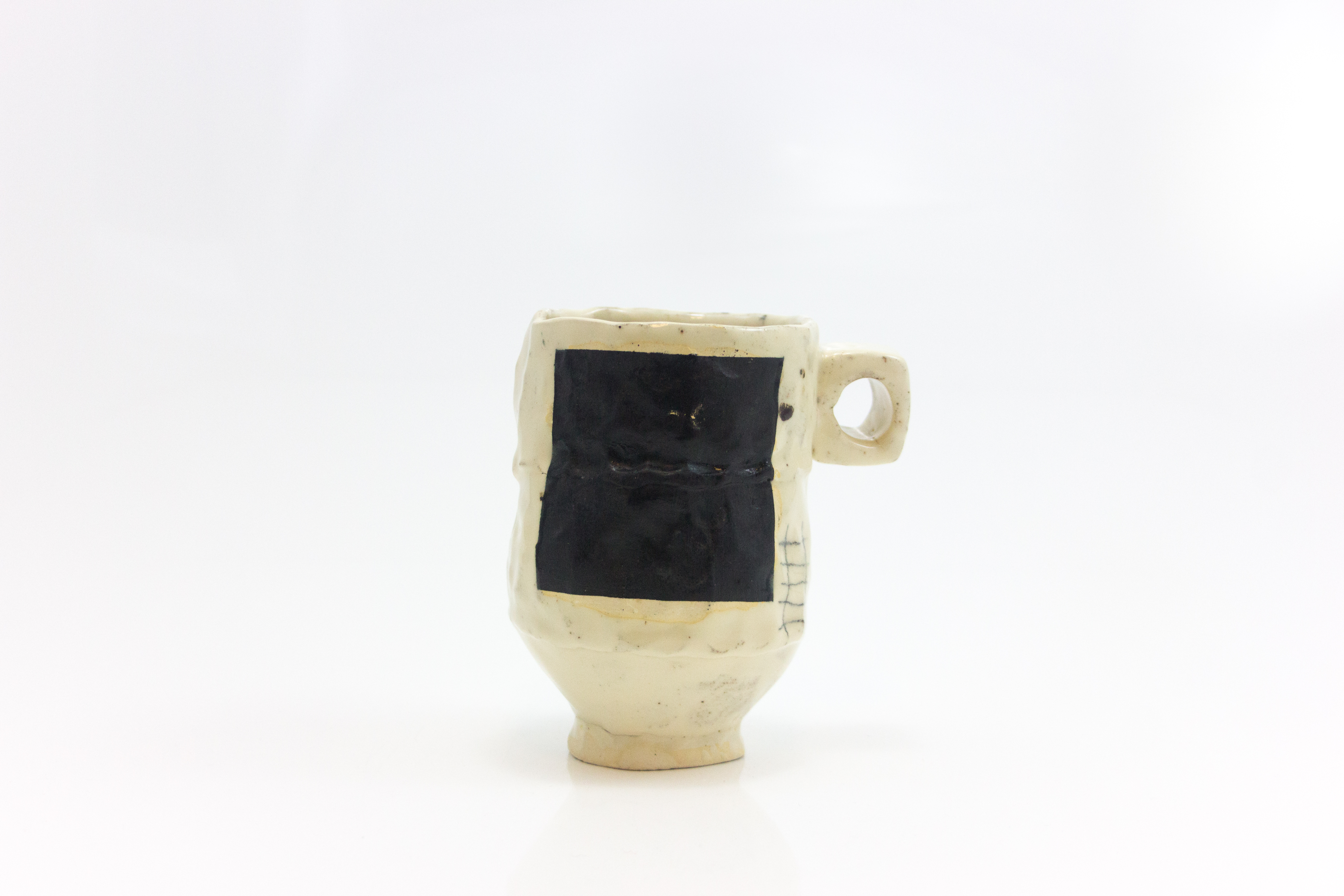- 2-D animation
- 3-D animation
- Abstract
- Abstract Painting
- Alt. process photography
- Animation
- Architect
- Archivist
- Art History
- Arts Writer
- BFA
- Blacksmith
- Book arts
- Book Illustration
- Branding
- Calligraphy
- Caricature
- Carpentry
- Ceramic
- Collaborative/collective
- Collage
- Color Photography
- Comics
- Commercial Photography
- Commission
- Community art
- Concept Art
- Conceptual
- Construction
- Copy photography
- Curator
- Development
- Digital 3-D modeling
- Digital Fabrication
- Digital Media
- Digital Photography
- Documentary
- Eco-Art
- Editor
- Editorial photography
- Engraving
- Etching
- Event photography
- Fab Lab
- Fashion
- Feminist
- Fiber
- Fiber Art
- Figure
- Film
- Film Photography
- Freelance
- Furniture Design
- Gallerist
- Game developer
- Garments
- Gender
- Goldsmith
- Graphic design
- Health and medical
- Home furnishing
- Identity Design
- Illustration
- Installation
- Interactive
- Interior Design
- Interior Painting
- Jewelry
- Kinetic
- Landscape
- Landscape Architect
- Lettering
- Letterpress
- Logo Design
- Master Printer
- Mechanical drawing
- Metal Fabrication
- Metalsmithing
- MFA
- Miniature
- Model
- Model maker
- Monotype
- Mural
- Mural Artist
- Music
- Packaging Design
- Painting
- Performance art
- Photography
- Porcelain
- Portrait
- Portraiture
- Preparator/ Art Handler
- Printmaking
- Product Design
- Public Art
- Public Engagement
- Representational
- Restoration
- Robotics
- Screenprinting
- Sculptor
- Sculpture
- Sign painter
- Social media
- Social Practice
- Soft Sculpture
- Stone
- Stop Motion Animation
- Street Art
- Surface Design
- Teaching artist
- Textile
- UI Design
- Video
- Visual Identity
- Web Design
- Wedding photography
- Window display
- Woodcut
- Woodworking
- Writer
Shape & Form
Connect me with Dominique Ostuni
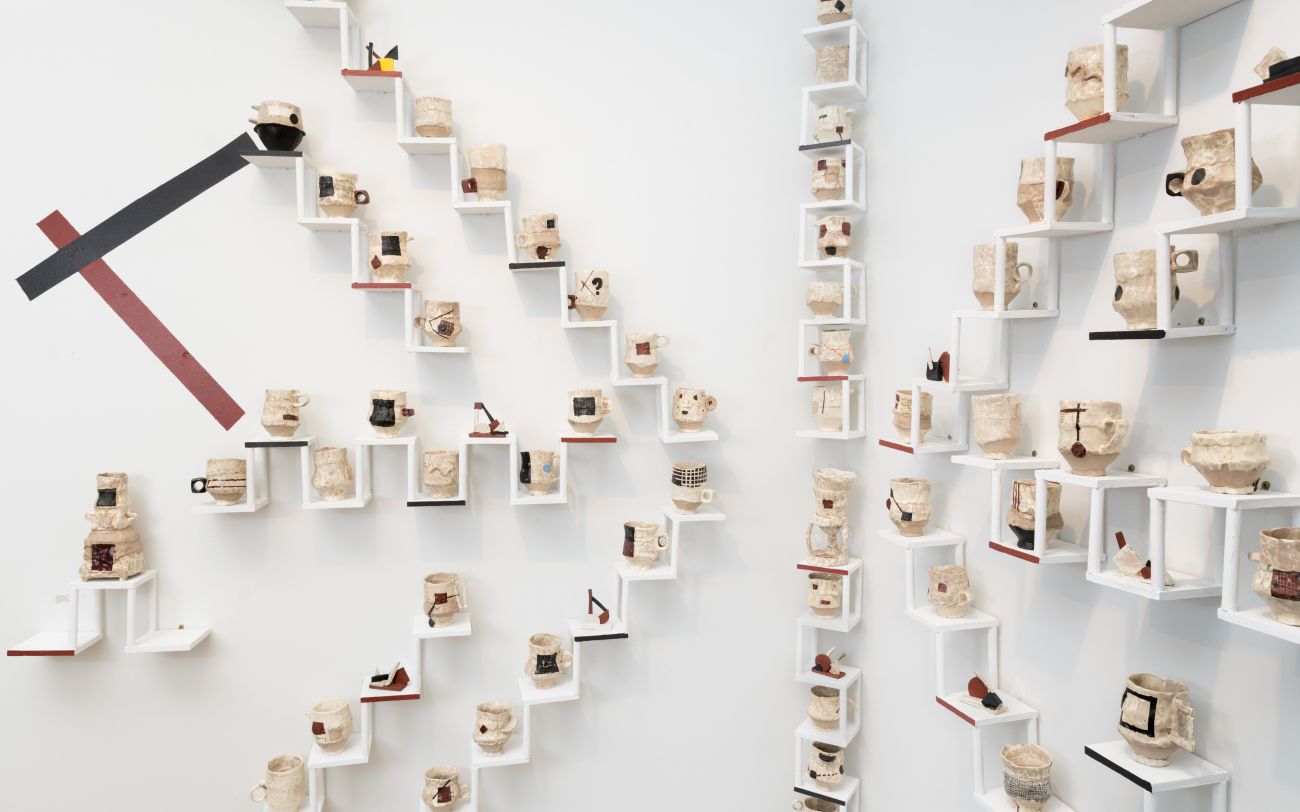
SHAPE & FORM
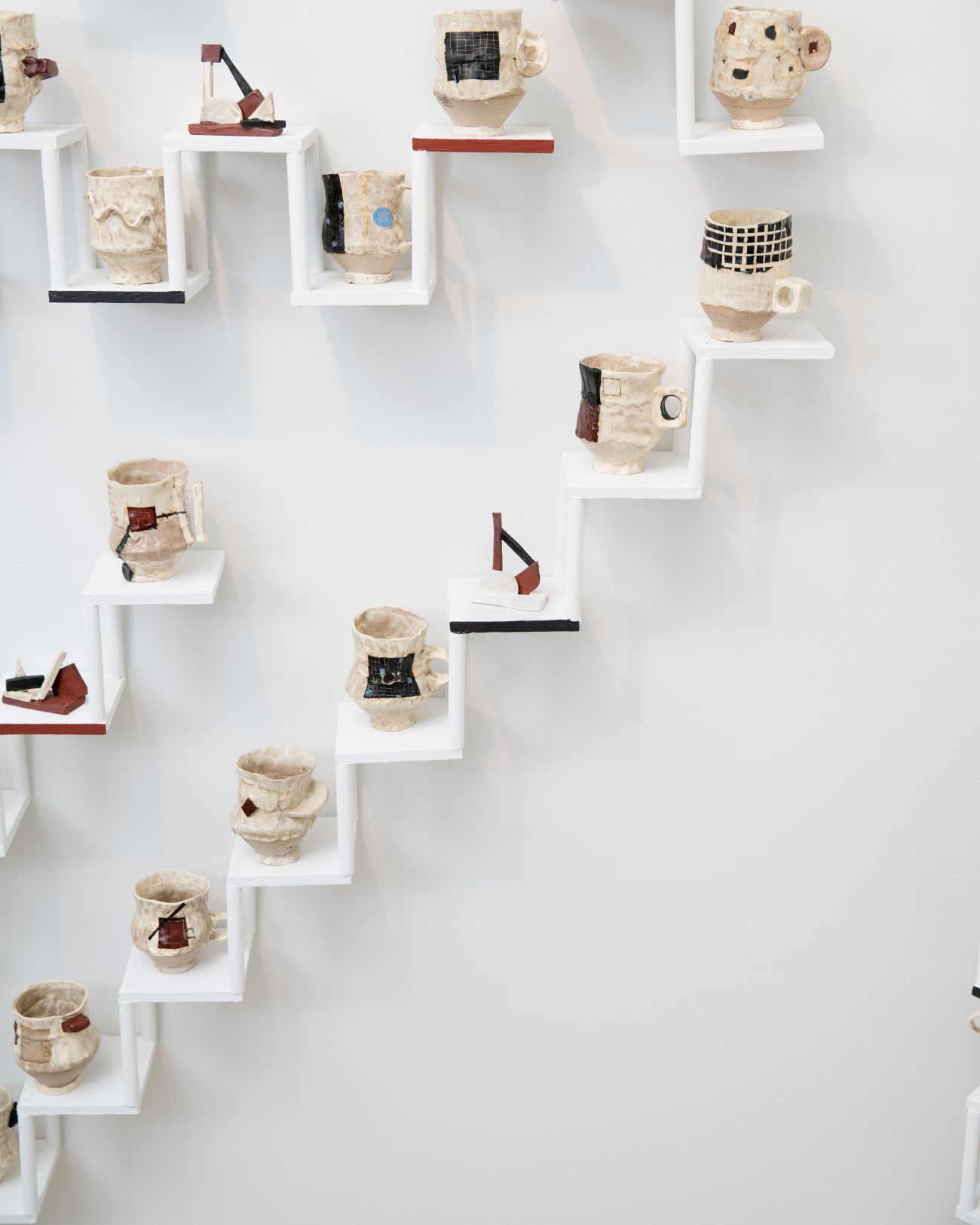
SHAPE & FORM
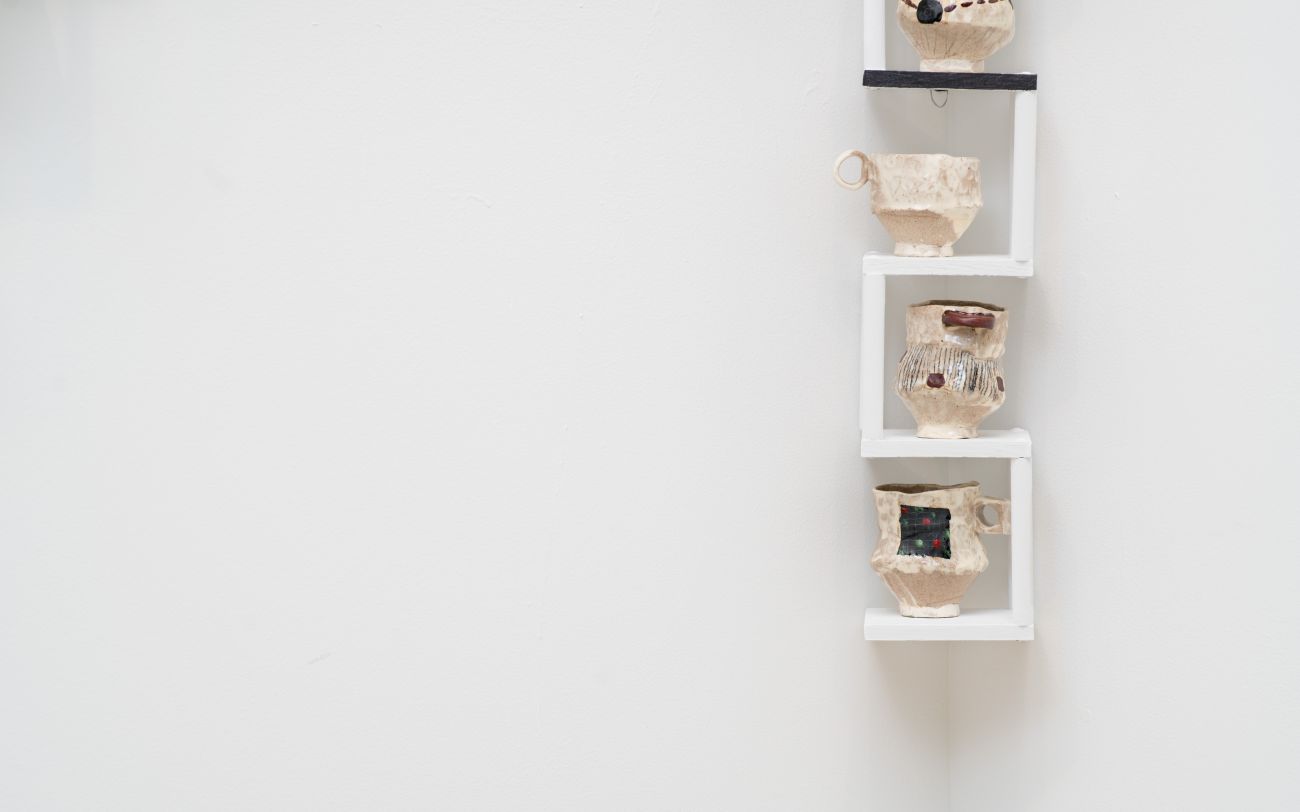
SHAPE & FORM
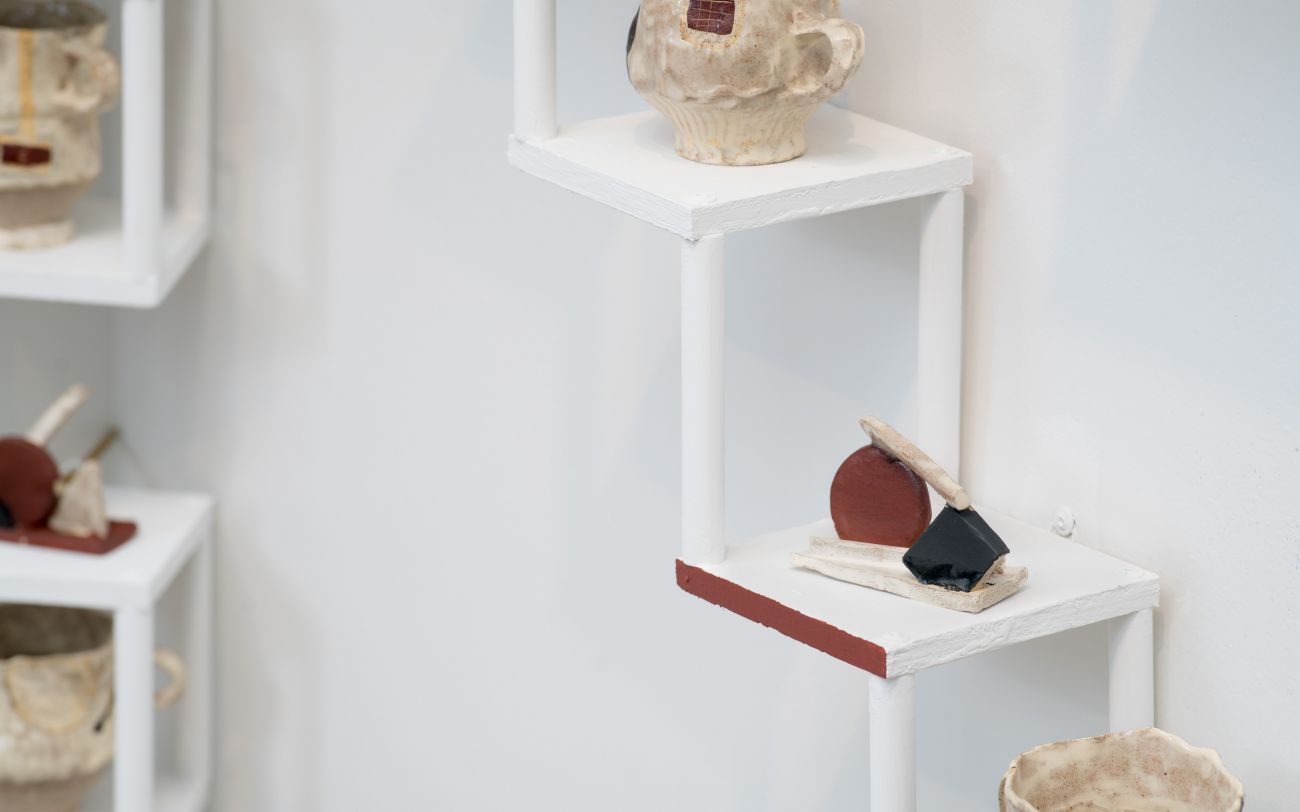
SHAPE & FORM
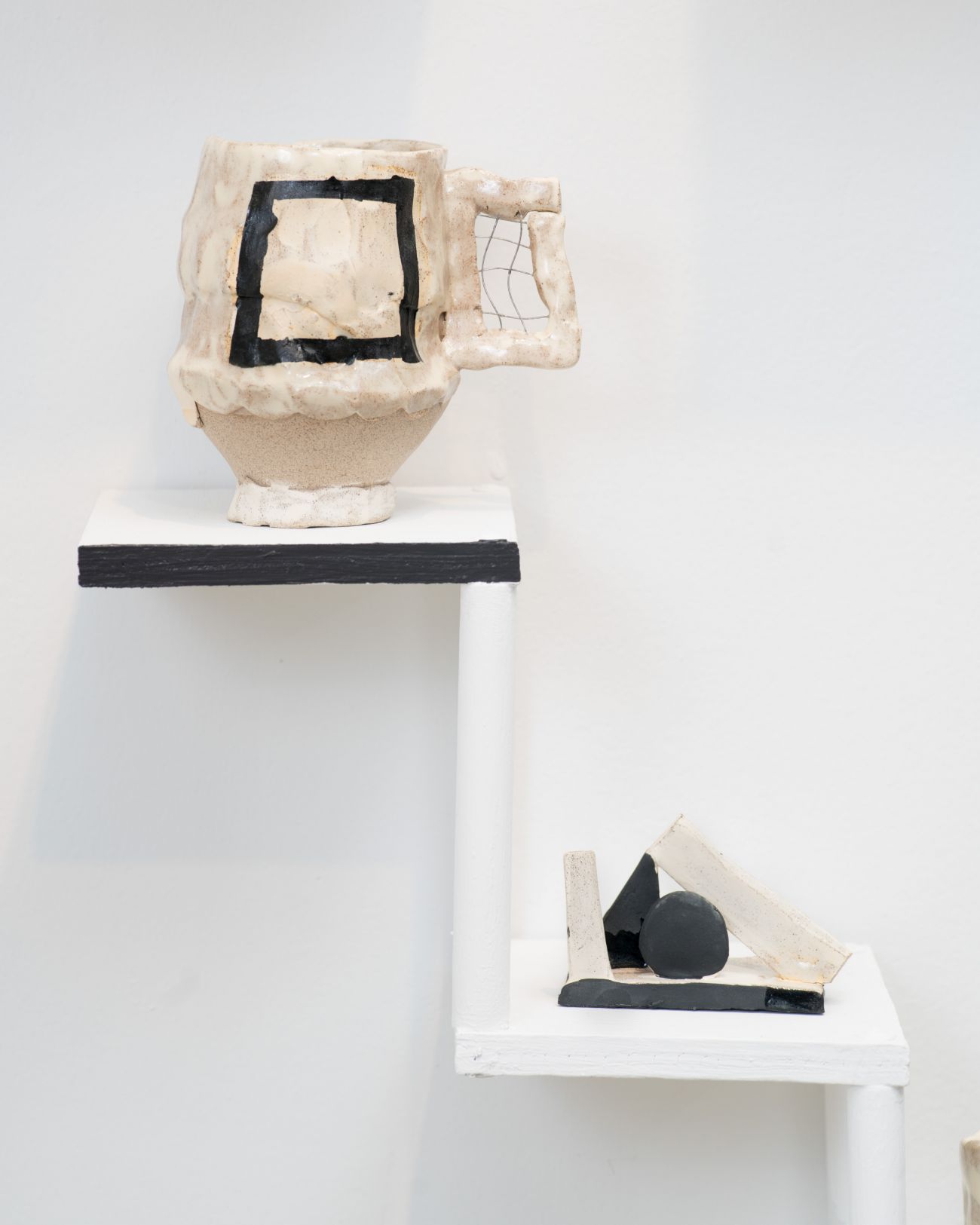
SHAPE & FORM
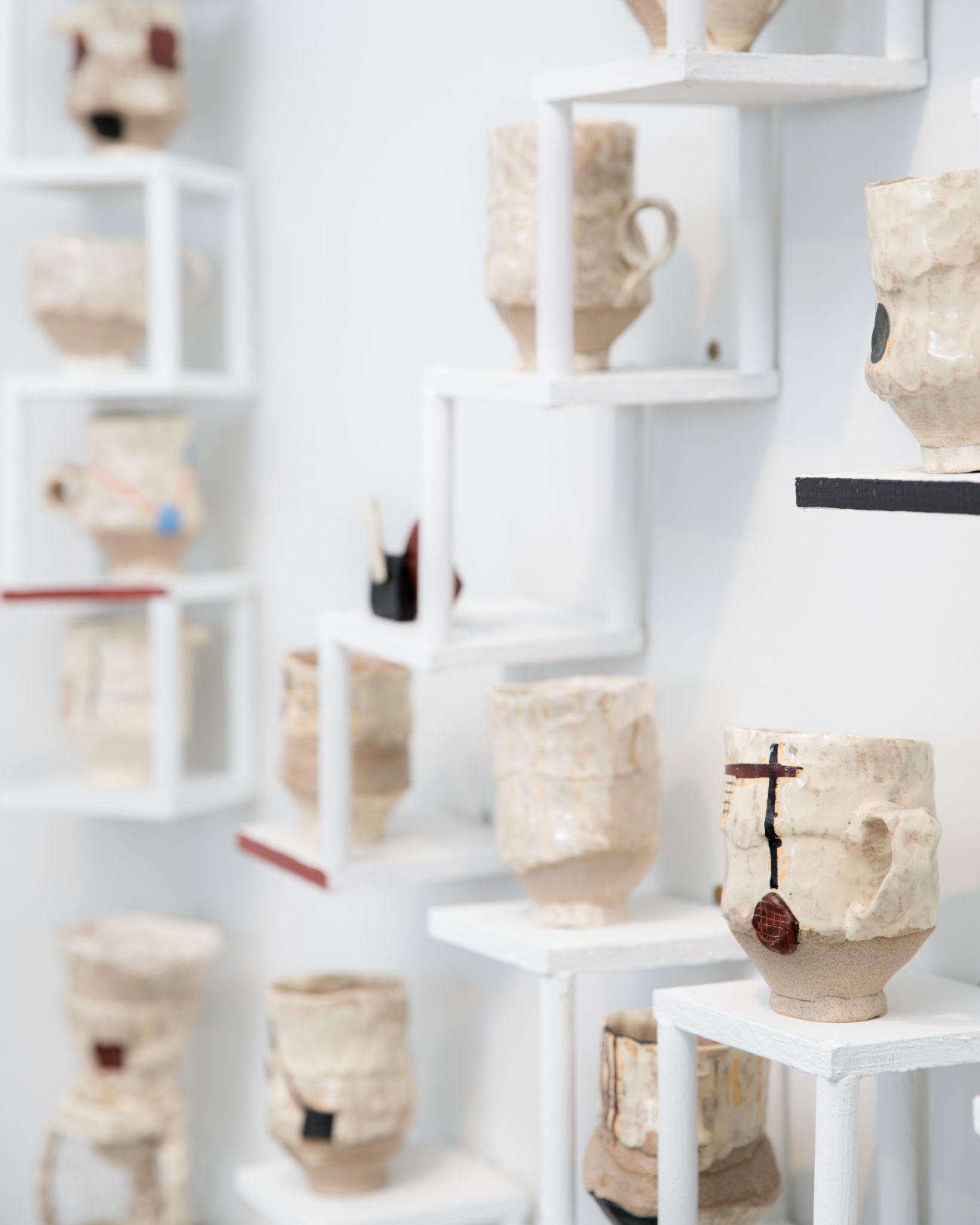
SHAPE & FORM
Description
Within my work I try to take the concept of function and question the stereotypical tableware set. The context of my work is one of encompassing the word deconstruction. Not to destroy but to give a different structure and meaning to the hierarchical positions that have governed our thoughts on a set of specific stereotypes. I am investigating the tension between modes of signification, finding myself deeply concerned with the ‚??other‚?Ě of language in a ceramic context. I seek to examine the possibilities of a critical intimacy through multiple forms of expression that clay has to offer. Furthermore, I wish to analyze and play with the definition of functional tableware in the contemporary ceramic milieu. This involves pushing the language of a vessel associated with the immediacy of artistic thought, as manifested in pinched finger marks or material compositional changes. I am greatly influenced by the roots of modernism, individually investigating and questioning the foundations of Constructivist values while bringing more organic elements into it by choosing to produce vessels through pinching and hand-building. My pots include the visual language of shapes, grids, and formal structures. These shapes and grids are representational of a variety of secrets ‚?? many in which are heavily influenced by Constructivism and the manner in which shapes can be used to portray agency, action, and abruptness. Kazimir Malevich, the leading force behind Suprematism, stated that he wanted to invent a new painterly language made up of solely shapes and color ‚?? each one representational of a new mode of thinking; one in which stands for how one can begin to see shapes and signs standing for different ideas. This mode of thinking was born during the Russian storm of politics and art. The revolutionary state that Russia found itself in caused economic chaos and material deprivation and concluded in the results of a ferment of ideas as the capitalistic order was essentially swept away. Malevich demanded the end of figurative painting and developed an abstract language of pure form, shape, and color which was supposed to reflect the ‚??new world order.‚?Ě Malevich describes his painterly language as a desert. He stated that ‚??All that we loved has been lost, we are now in the desert. Before us there is nothing but a black square on a white ground.‚?Ě Malevich believed in the notion of real representations receding more and more into the distance of sorts, objects become merged into one another, until at conclusion the world of ordinary ideas fades out altogether. Hence, riddance of the images of reality and ideal representations and all that is left is the desert! One must now begin to acknowledge that this desert is full of non-objective sensibility and interpretation and penetrates all and everywhere. Abandoning the world of will and representation on the surface of my pots, forming this painterly language, brought upon the most satisfactory liberation and furthered me deeper into Malevich‚??s square-filled desert. My pots hold all the thoughts and secrets found in the shapes of this solemn terrain. Secrets in which are a private dialogue, and this dialogue became the substance of my life and my work. The sensibilities found within this desert are entirely important to my work and so sensibility has become the substance of my life. I seek refuge in the form. These forms being shapes, exhibiting stories and secrets that are open to interpretation. Each shape on my pots is representational; whether the shapes represent humans, sensations, identity, thoughts, writings, manifesting simply into modes of mark-making and shapes.

